European Capitals of Culture you’ve probably never heard of
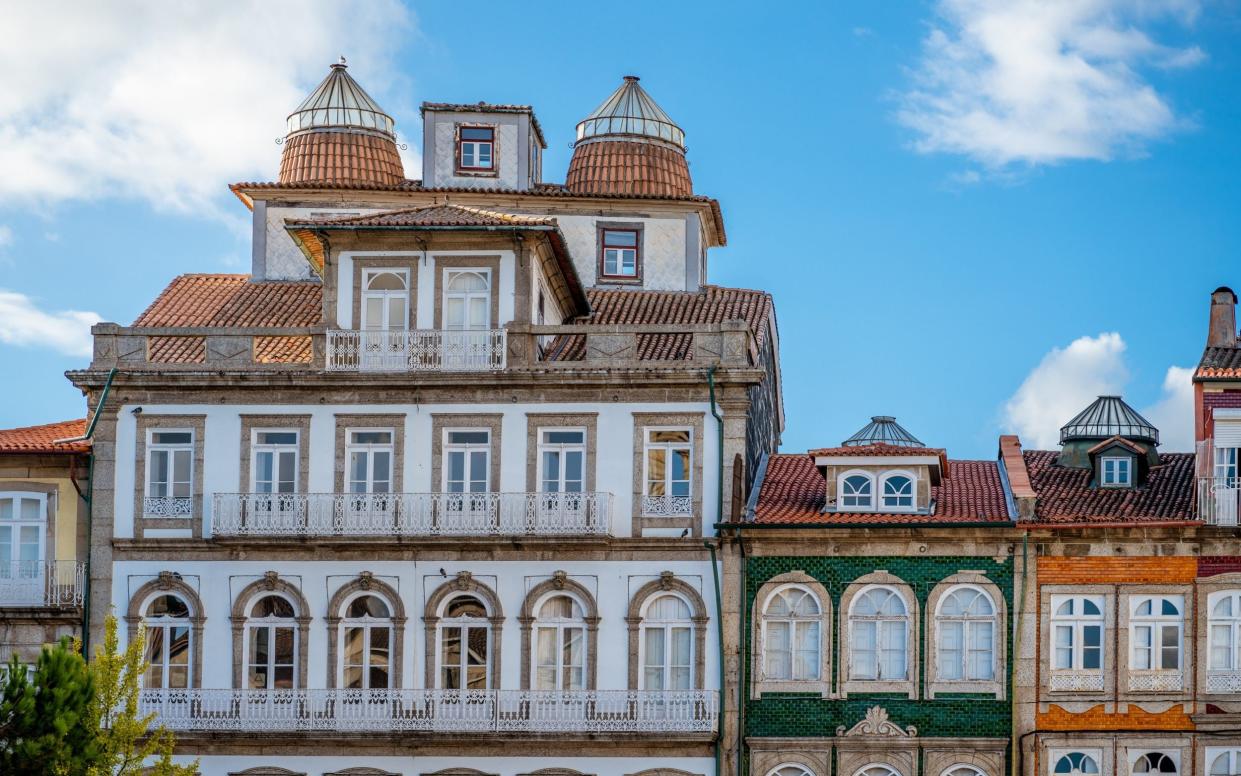
Introduced in 1985 with the noble aim of bringing our continent closer together, the European Capital of Culture scheme offered few early surprises. That year saw Athens bestowed the title (the birthplace of democracy, a fair choice), the following year it was Florence’s turn (the birthplace of the Renaissance, understandable), then came Amsterdam, Berlin and Paris.
The first hint of change came in 1990, when Glasgow – which, while it has plenty to offer (extravagant architecture, musical heritage, and more ballrooms than you can shake a sequin at), is a wee step down from the City of Light – took the honour. Thessaloniki, 1997’s Capital of Culture, was another interesting choice, but few could argue with Copenhagen (1996), Stockholm (1998), Lisbon (1994) and Bruges (2002).
The last two decades, however, have seen some very curious cities take centre stage.
Sibiu (2007) now looks like a watershed moment. This Romanian city on the Cibin River, in the heart of Transylvania, is so obscure that even Ryanair doesn’t fly there (though Wizz Air, inevitably, does). Since then we’ve seen a clutch of curious outposts honoured and 2023 will be no different.
Joining Eleusis in Greece and Veszprém in Hungary (because one Capital of Culture is no longer enough) will be Timișoara, the economic heart of western Romania. On the assumption that you, like most people, have never heard of it, allow us to shine a little light on this overlooked city, and others that have been handed the Capital of Culture epithet.
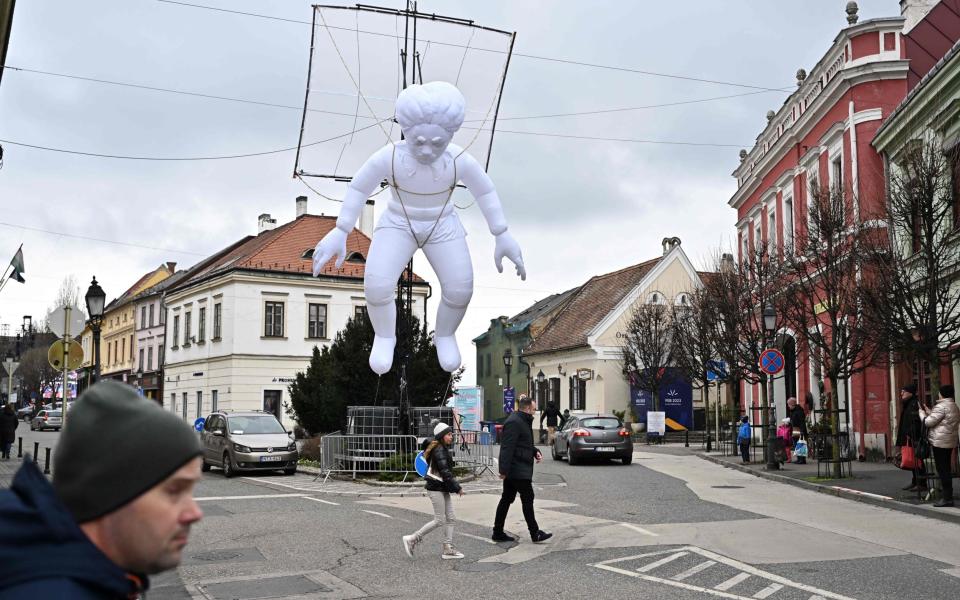
Timișoara (2023) – revolutionary spirit
The most westerly city in Romania was the fulcrum of the revolution in 1989, which led to the overthrow of the country’s megalomaniac ruler, Nicolae Ceausescu. It all started when a turbulent local priest named László Tökés spoke out against the regime, eventually sparking protests in the town. Ceausescu sent in the tanks, and at least 100 died in street battles, but the protesters stood firm and the army ended up taking their side. On December 20 1989, Timisoara was declared the first free city in Romania, sparking similar uprisings across the country; five days later Ceausescu and his wife, Elena, were summarily tried and executed.
The city’s attractions include a wealth of Art Nouveau architecture stemming from the Habsburg era – it has even been, somewhat ambitiously, described as Little Vienna – and a lively café culture. Wizz offers direct flights from Luton.

Kaunas (2022) – haunting history and doughnuts
After a Covid-related hiatus, the Capital of Culture bandwagon returned in 2022 with three typically offbeat entries. Overcome with excitement, Telegraph Travel sent a reporter to each. There was Luxembourg’s Esch-sur-Alzette, which Gavin Haines described as “quiet and uninviting”, and Novi Sad in Serbia, which offers “the same hedonistic atmosphere as war-ravaged cities like Beirut”, according to Sarah Marshall. Perhaps the most glowing report came from Ed Grenby, who visited Kaunas in Lithuania. “The EU’s annual ‘Capital of Culture’ programme is all about obscure municipalities, earnest artworks and 100-foot-high-fallutin ideals,” he wrote. “But in Kaunas I found a city of haunting history, eccentric attractions, fascinating architecture, friendly denizens, Christmas-card looks, and amazing doughnuts.”
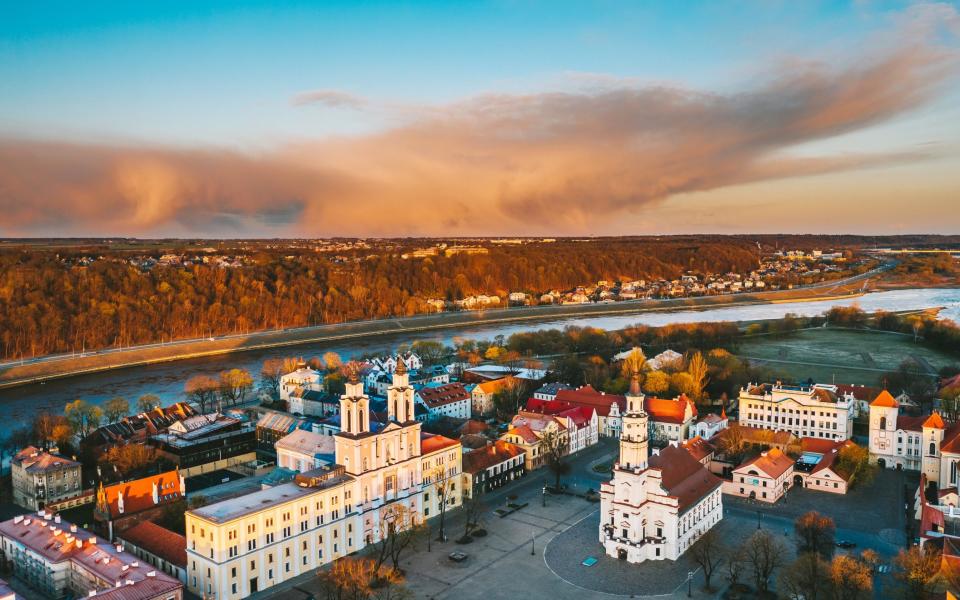
Rijeka (2020) – ships and steps
Croatia’s largest port, Rijeka is a city of shipping containers and fresh fish. But there are reasons for tourists to linger. The pretty hilltop district of Trsat, reached by a 560-step stairway, boasts an impressive castle and a clutch of churches. All that fresh fish means good seafood is easy to find. And its recent stint in the spotlight means new cultural attractions have opened, and existing ones spruced up.
The pretty island of Krk, linked to the mainland by a bridge, is a short drive from Rijeka. It also makes a fine base for exploring the Istria region, known for its hilltop towns and cracking Italian-influenced cuisine.
Plovdiv (2019) – hipsters and ancient history
This is Europe’s oldest continuously inhabited city, according to some estimates, and the Bulgarian city’s landmark attraction is an ancient Roman theatre dating back to 90AD. But recently it has tried to reinvent itself as the country’s capital of cool (much to the amusement of some Sofians) – which means plenty of craft beer pubs, artisan coffee shops, concept restaurants and sanctioned street art.
Plovdiv’s nickname is the “City of Seven Hills”, which is misleading because there are only six (the seventh was blown up and turned into road ballast, which probably seemed like a good idea at the time). Clinging to one of the survivors is the Old Town, which smells of woodsmoke and is lauded for its colourful, 19th-century houses.
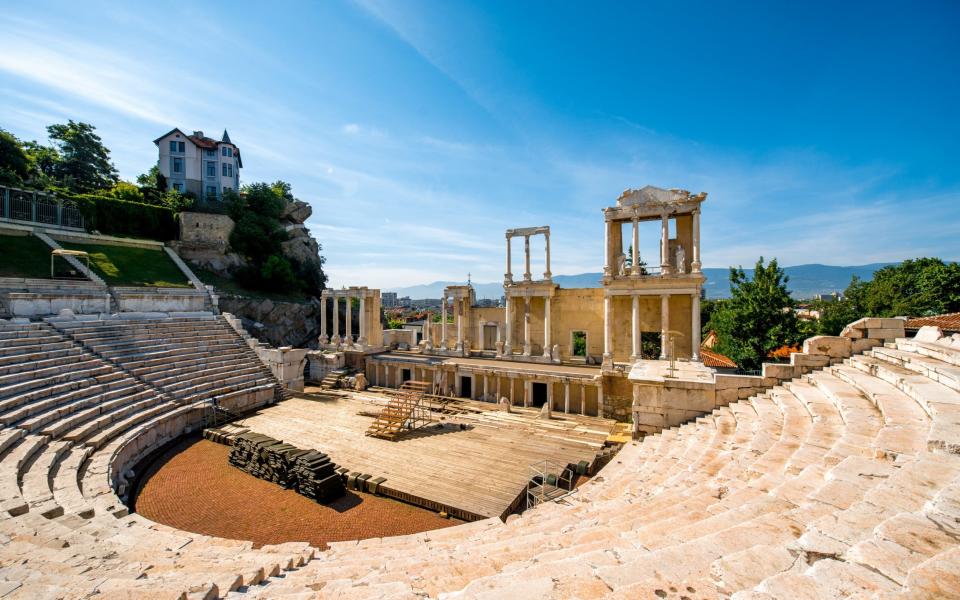
Leeuwarden (2018) – exotic dancers and leaning towers
Few visitors to the Netherlands look beyond Amsterdam and Rotterdam, but Leeuwarden, capital of the northern province of Friesland, has much going for it, including a handsome historic city centre and a former palace (now a ceramics museum). It also hosts the start and finish of the Elfstedentocht, a traditional 120-mile skating contest that rushes between 11 towns in the region, veering along frozen canals.
Leeuwarden’s most famous children are Escher, the graphic artist, and Mata Hari, the exotic dancer and German spy executed by firing squad. The city’s Fries Museum exhibits two of her personal scrapbooks and a statue at Kelders 33, where she was born, commemorates her. Look out too for the Oldehove, Leeuwarden’s answer to the Leaning Tower of Pisa.
Plzen (2015) – not just beer
The birthplace of the world’s most popular beer style has more to offer than golden lager.
Will Hawkes, writing for Telegraph Travel, explains: “Home to nearly 170,000 people, Plzen – the fourth largest city in the Czech Republic – is easy to navigate: most sites of interest can be found within 10 minutes’ walk of the central Namesti republiky (Republic Square), which boasts St Bartholomew’s Cathedral and the Renaissance Town Hall, built in 1559. Get a taste of Pilsen’s culture at the Neo-Renaissance Mestanska beseda or Burghers’ Hall, the city’s answer to the South Bank Centre. There are more than two thousand events a year in its theatre, cinema, halls and lounges – but if you just fancy a drink, try the elegant Art Nouveau cafe.”
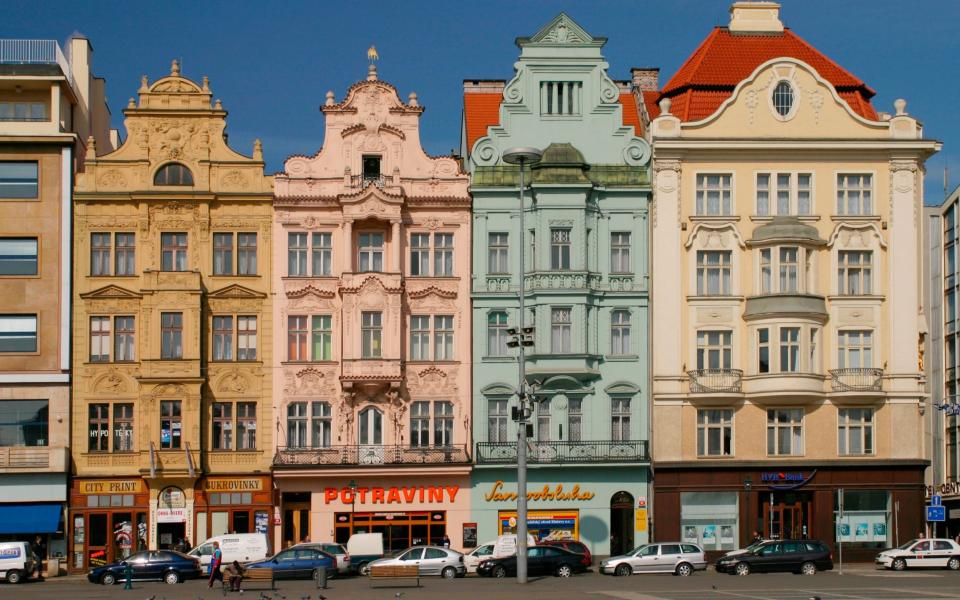
Umeå (2014) – Stieg Larsson and dog-sledding
One of Europe’s least polluted cities, Umeå lies a long way north on Sweden’s eastern coast – so pack a fleece. 2014’s European Capital of Culture, but we’d wager still largely unknown among British travellers, it has a tranquil riverside setting and is the former home of Stieg Larsson, author of The Girl with Dragon Tattoo.
It’s a great base for outdoor pursuits, from kayaking around the Kvarken Archipelago in summer to snowmobile rides and dog-sledding in winter.
Kosice (2013) – art and architecture
It might be obscure, but, thanks to Ryanair, Britons can fly direct to Slovakia’s second biggest city (from Stansted).
“Bratislava probably ranks as one of central Europe’s more under-appreciated capitals, so its compatriot Kosice could hardly be seen as a case of familiarity breeding contempt,” says Telegraph Travel correspondent Chris Leadbeater. “Nonetheless, there are a few reasons for visitors to linger. It was a European Capital of Culture in 2013, and retains some of this spirit in the sculpture and painting of the Muzeum Vojtecha Lofflera (dedicated to the prominent Slovak artist, who was born in the city in 1906). Elsewhere, the St Elizabeth Cathedral is a splendid Gothic masterpiece which dates to the 14th century – while Art Nouveau flourishes in the likes of the Hotel Slavia remember the city’s gilded take on the turn of the last century.”

Guimarães (2012) – the most adorable city on Earth
One of Portugal’s most underrated gems is an easy day trip from Porto. “If any city can be described as adorable, then it is Guimarães,” wrote Tim Pozzi for Telegraph Travel. “Its pedestrianised heart is a web of gently winding cobbled streets and washing-hung alleyways bejewelled with tiny bars and cute cafés. Those alleyways lead to pretty plazas that, rather satisfyingly, tend to be any shape but square, while its dinky, idiosyncratic shops, specialising in lacework, hats or birdcages, are a joy to discover – without a Body Shop or a Zara in sight.”
Attractions include the photogenic remains of a 10th century castle and the José de Guimarães International Centre of Arts, or take the 10-minute cable-car ride over residents’ back gardens to the 2,000ft peak known as Penha.
Maribor (2012) – just don’t go in November
The Slovenian city, in the north-east of the country, joined Guimarães as Capital of Culture in 2012.
“They say there is only one month of the year when you shouldn’t visit Maribor,” wrote Anthony Gardner at the time. “In midwinter it has world-class skiing; in spring the Kurent Carnival takes place in nearby Ptuj; in summer the riverside Lent quarter is taken over by musicians and street performers; and in autumn the surrounding vineyards celebrate their harvest. November alone is considered too gloomy to bother with.” You’ve been warned.

Turku (2011) – Moomins and fresh air
This Finnish city lies to the west of Helsinki and was given a chance to shine in 2011. It did so with a spectacular ceremony along the River Aura involving pyrotechnics, acrobatics and 1,000 lantern-bearing schoolchildren, followed by a year of cultural exhibitions.
“Finland’s oldest town is a seaside gem with a majestic cathedral, riverboat bars and an imposing castle,” said Andrew Stone, a Scandinavian travel expert. “Head along the Aurajoki to the harbour where there’s a great choice of drinking and dining options including on several moored riverboats. For families Turku is also close to Moomin World, the island theme park devoted to Tove Jansson’s otherworldly children’s story books.”
Lovers of fresh air take note: it’s also one of Europe’s least polluted cities.
Pécs (2010) – warmth and wine
First things first: this Hungarian city is pronounced “paitch”, and it lies in the far south of the country, a good two-hour drive from Budapest. It was endowed with a new concert hall, library and cultural quarter in 2010, but what else is there to woo travellers? “One key lure is the Mediterranean climate – spring comes early and summers are hot,” said Nigel Tisdall after he visited a few years ago. “Another is the local wine, with the full-bodied reds from Villány particularly worth befriending.”
He added: “This is a city where the more you look the more you find. In its central square, Széchenyi tér, the emblematic copper-domed Mosque-Church stands as a reminder of the 143 years Pécs spent under Turkish rule. In the depths of Cella Septichora, a well-displayed set of early Christian burial sites that forms a Unesco World Heritage Site, biblical faces stare up from the depths of time. Find a moment, too, for the Csontváry Museum, which celebrates the singular vision of a mystical Slovakian painter lauded by Picasso.”

Sibiu (2007) – Prague without the crowds
Ryanair does not fly to Sibiu, but Wizz does. So getting to this Transylvanian town couldn’t be easier. Visitors will find it filled with art, churches, cobbled piazzas and Medieval archways, all of which have earned it flattering comparisons with Prague – minus the crowds.
Its time as European Capital of Culture saw a wave of restoration. “Even under communism this place was a bit special (Ceausescu’s playboy son, Nicu, made it his base),” said Telegraph Travel’s Adrian Bridge. “But the dull greys of that era have been replaced by sky blues, reds, apricots and greens, and today it positively thrives.”

 Yahoo Movies
Yahoo Movies 
